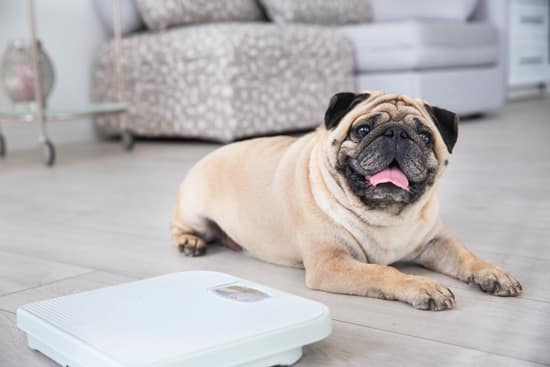Dog Health
How To Tell If Your Dog Is Overweight
With recent research showing that more than half of dogs in the UK are overweight or obese, leading to a loss of up to two years of life, it has never been more important to gauge if your dog is at a healthy weight. This simple guide shows you how
Much like us our dogs can pile on the pounds for a range of reasons, but the most common are poor diet, lack of portion control and insufficient exercise.
Overweight dogs have less energy, struggle to play and are unable to take part in everyday activities. As well as this lifestyle impact, they are more likely to suffer unnecessary health problems such as diabetes, heart disease, liver disease and damage to joints and bones.
Your dog is likely to be overweight if:
- You can’t see or feel the ribs owing to a layer of fat
- There is a lack of a clearly defined waist
- You can see and feel a pad of fat along the top of the back extending to the top of the tail
- They have a saggy tummy, which may wobble as they walk
- They walk ‘pottery’, appearing to waddle rather than stride out as normal
Take a closer look
Animal charity the PDSA has developed a body condition score chart to help owners identify whether their dog is at the correct weight. There are five stages, with the healthiest stage being number three:
- Very thin
Ribs, backbones and hips jutting out
No fat
Very little muscle tone - Underweight
Ribs and backbones clearly visible
Some fat over the hips
A very obvious tucked-in waist - Ideal
Can feel ribs, backbone and hips, but they are not prominent
Smooth, curved, tucked-in waist
Base of tail smooth and flowing straight from the back - Overweight
No waist
Back broad and chunky
Ribs, backbone and hips difficult to feel
Fat at base of tail - Obese
Bulging pot belly
Unable to feel ribs, backbone or hips
Pads of fat at the base of the tail
Get into the habit of body scoring your dog regularly.
Prevention always best
If you are struggling to help your dog lose weight then speak to your vet. Many practices run weight clinics to support owners.
Similarly, if you think your dog’s weight gain has been caused by illness, such as Cushing’s disease or thyroid problems then always speak to your vet.
But it’s worth noting that the vast majority of overweight dogs have gained weight because they are eating too much (in terms of both portions and treats) and not being active enough. The good news is that this means you can take steps to prevent weight becoming a problem in the first place:
- Keep them active. Exercise is so important for all-round vitality as well as maintaining a healthy weight. The amount of exercise needed will depend on breed and age, so research to understand what is best for your dog. Consider this too before buying a new dog – many popular breeds, like Cocker Spaniels, Labradors and Retrievers need several hours exercise a day to keep them in prime condition
- Food and portion control. Every complete food sold in the UK will have instructions on how much to feed based on activity levels. Follow these instructions, not forgetting to factor in treats (see below). Some dogs are greedy and never seem to be full, but stick to the guidelines to ensure a healthy weight and consider using a slow down bowl if your pet is a gobbler
- Treats. Remember that treats are food too! When assessing how much food your dog eats for the day, be sure to include how many treats you have fed and try to keep treats to a minimum – find replacements, such as affection and play, to wean our treats
- Step on the scales. Even gaining a pound or two could make your dog overweight, especially if you have a small toy breed. Get into the habit of weighing your dog every month – your vet will have scales that you can pop in and use without charge


